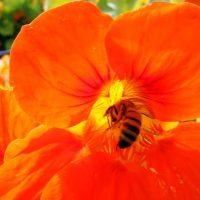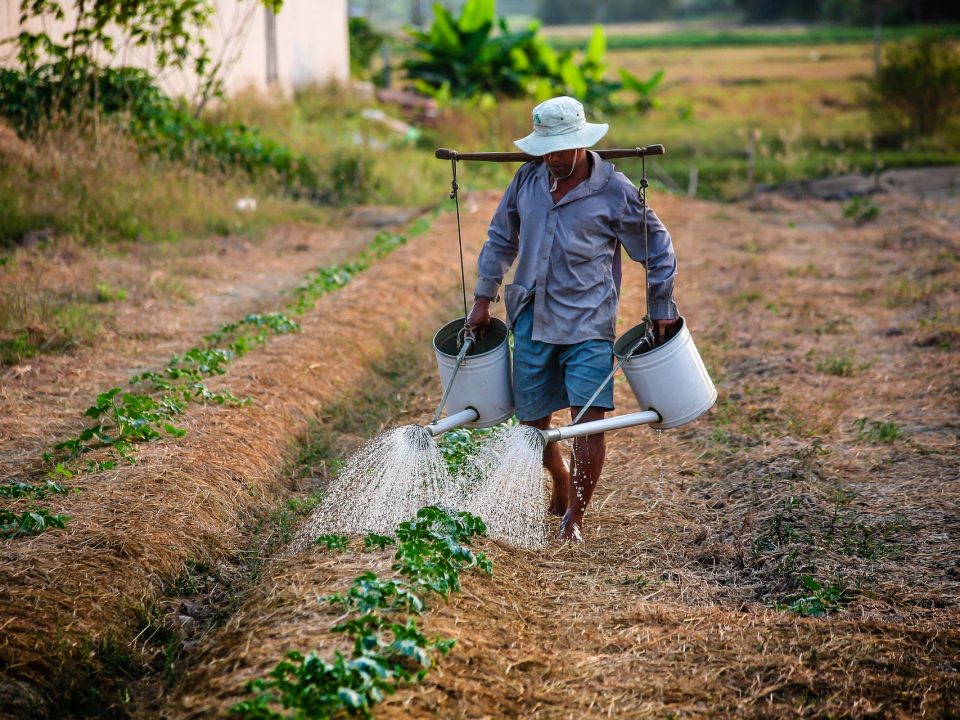Mechanisms of protection in plants

Sexual reproduction in plants
May 28, 2018
Plant families
May 31, 2018Mechanisms of protection in plants
Many summer plants developed physical protection against eating animals, in the form of thorns. There are thorny plants all over their bodies, others with thorny stems, ones that sting and some with thorny seeds.
Go to the fields in the hot season and immediately feel the thorns. The thorns are unpleasant but if we look at them and do not encounter them, we can see that most of them are very beautiful. They also tell us fascinating biological stories, and few even enter the garden.
To understand the reason for the development of most of the thorns in the natural world should only summarize their geographical distribution.
Most of them evolved in dry or semi-dry areas, where predation pressure on plants is relatively high. Hence the main function of thorns is to protect the plant. In those areas the thorns develop in a warm season, from the end of spring and throughout the summer. In the wet season – in winter and spring, the number of thorns is relatively small and this also makes sense – in the hot season the pressure on the plants is relatively large because there are a small number of green plants and a small food supply.
Any plant that is present in the field this season, “should” develop a defense. Indeed, many summer plants developed physical protection in the form of thorns or other defenses such as chemical protection. Many of the thorny plants we know bloom in the spring – the preferred season where the soil is still moist enough, and their twigs sharpen and develop with the drying up for the summer.
Many such plants have thorns that develop around the fertile inflorescence of seeds.
These thorns protect the seeds during summer. Thus, instead of spreading the seeds to the ground, the “guard” grew on the seeds in his dry body, under a protective thorny veil and for months spread them gradually. The plant does not “put all the eggs in one basket,” but spreads them little by little, making it less likely that the seeds will be fertilized by birds and insects.
Thorns develop on different parts of the plant –
There are thorny plants all over their bodies with thorny stems, spiny leaves, thorny bracts and even spiny seeds. In most cases the thorns protect the plant from eating or other physical damage. The seeds, like the carrots, have a different function: they are caught in the sheep’s and goat’s wool (and our stockings) and are distributed to new places.
The thorns developed in different plant groups but are characteristic of families and certain types. In some environments spines have evolved in various plants as adapting to environmental conditions. This was the case in the typical crocodile region and the mountains of Asia and the Mediterranean basin. Here the life form of a low, spherical and spiky interlocutor has developed, hence its name as a circus. The thorns protect the plant from grazing and the shape of the cushion protects it from strong winds and heavy snow. He recently even speculated that the snow melted faster in a thorny environment (just as ice melts along sharp ice parts and allows the slippage), allowing the plant to bloom earlier while the soil is wet.
Examples of thorny plants:
The complex family
Perhaps famous for thorny species such as dardar (characterized by thorny blossoms and thorny leaves), hummus, acorn, thistle, hedgehog, carda and more.
The species is prickly – a characteristic of thorny inflorescence.
The Vordish family has several thorny types, such as a rose with branches that bear thorns and hawks and almonds with thorny branches.
The butterfly family has a large number of thorny species, such as a hairy bow, a bridle, a crest, and many more.
The genus Hiblub is a large number of thorny species originating in Africa and Asia.
The type Sniper – some of its species are characterized by thorns from the stalks on the stalks.
The genus jujube – has two types of straight spines and ankles.
The genus is a method – with terrifying stalks in the African and American species
The cactus family – in which they decomposed the leaves to protect the whole plant.
The palm family – with several types of thorns at the tips of the leaves or the beach.
The Bombace family – trees with a thorny trunk that loses the thorns with age
The yucca and agave species have thorny leaves at the edge or along the edges.
The Sukach family – the types of cheese and thyme prickly all over the plant.
Thorns used in horticulture
Most of the thorny plants did not reach the landscape, certainly not as picking flowers. However, some of them were introduced into the garden using floral plants. Such are the method of hurdles. Mini sabra and more. Other species have been developed less thorny varieties, and these are used as ornamental plants and picking flowers such as soft peppers and hedgehog species.
Some species are also known for their spiny species, such as the bovine species of chorizia, trees with high stenosis in their youth. These thorns protect the young tree from large animals in its area of origin. The performance of the thorny trunk is special and draws my eyes past these trees.
There is great interest in the cultivation of other thorny species for the garden, they are special in appearance and are usually water-saving and resistant to picking and other troubles






